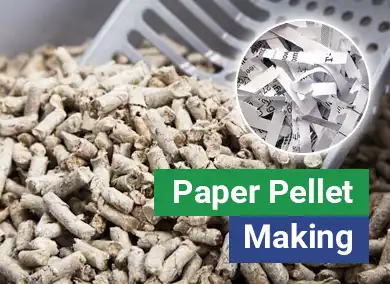If you notice your chicken limping, don't be too quick to laugh at its funny walk - it might be trying to tell you something. Chances are, it's dealing with bumblefoot and hoping you'll notice.
Bumblefoot is a bacterial infection that commonly affects backyard chickens. Common bumblefoot causes include foot injuries, too much pressure from standing, and wet or dirty living conditions.
The good news is, it's easy to treat if caught early. A few simple steps can stop the infection from spreading. But if left untreated, the bacteria can enter the bloodstream - and that can be life-threatening.
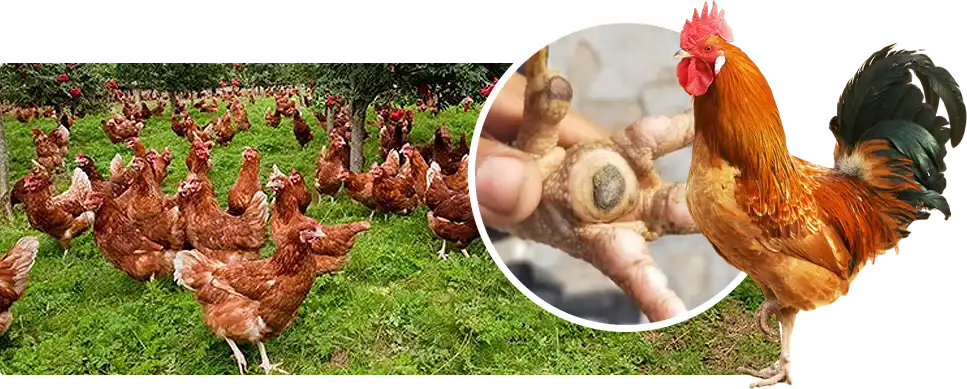
Bumblefoot Prevention: 8 Easy Tips
No one wants to end up with a bumblefoot chicken in their flock. Luckily, there are simple ways to prevent it before it starts.
1.Give Your Chickens a Clean, Comfortable Home
A damp, dirty coop full of droppings is the perfect place for bacteria to thrive - especially on your chickens' feet. That's a fast track to bumblefoot. To keep things safe, make sure to clean out the coop regularly and keep it dry. A clean home means healthier feet.
We should also make sure there are no sharp objects like branches or wood chips where your chickens play and sleep. Their feet are more sensitive than you might think, and they can easily get scratched and infected by small debris.

2.Provide Your Chickens with a Soft "Couch"
Sand is an ideal alternative to traditional bedding materials like straw or pine shavings. While straw and shavings can be abrasive, sand creates a soft, comfortable surface for your chickens' feet. Not only does it offer better protection, but it also serves as a natural antibacterial barrier, helping to prevent bacteria from growing.
Tip: For the best results, aim for a bedding thickness of 5-7 cm in summer and 10-15 cm in winter.
.webp)
3.Regular Checkups to Prevent Bumblefoot
Bumblefoot doesn't usually happen without reason. It often starts with an injury or infection on a chicken's foot that isn't treated in time. The most straightforward way to prevent bumblefoot in your flock is by regularly checking their feet.
Early Signs of Bumblefoot: Common bumblefoot in chickens symptoms include a shiny red spot on the bottom of the foot, or small black calluses and raised, rough patches. Swelling or unusual warmth in the foot pad may also point to an early infection. To check, gently feel the temperature of your hen's foot pad with your fingertip. If it feels unusually hot, that's your cue to take action early.
This simple check could help you spot bumblefoot before it becomes a bigger issue.
(This is especially true for hens, since bumblefoot in hens is often more common due to nesting habits.)
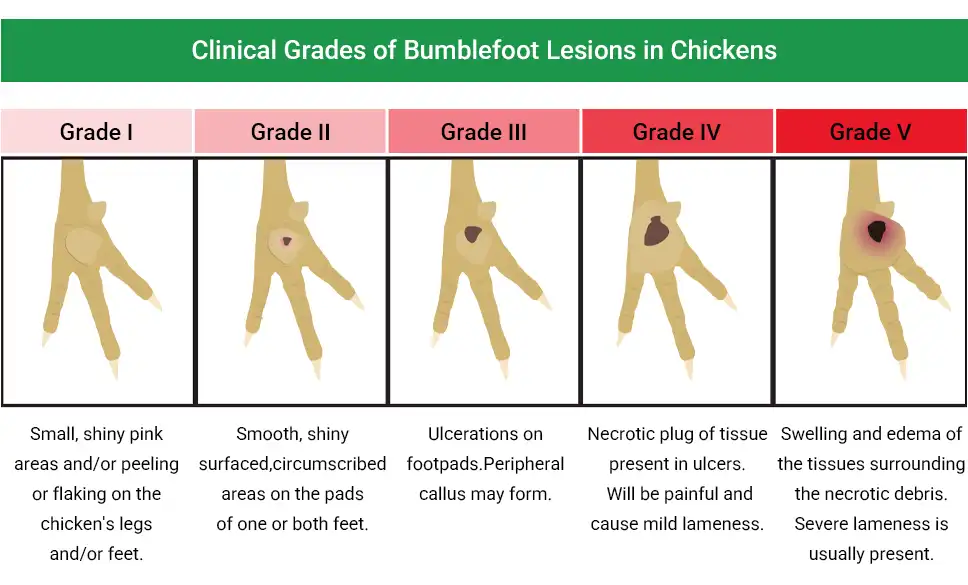
4.Be the Peacekeeper
It might be hard to believe, but chickens fight more often than you'd think. While small squabbles are part of their "pecking order," once they escalate into full-blown brawls in the coop, the feet are often the first to get hurt. Chickens use their feet when they fight - scratching and kicking can cause injuries, which can then lead to bumblefoot.
As the coop's "peacekeeper," it's up to you to step in and prevent a foot injury from turning into a bigger problem.
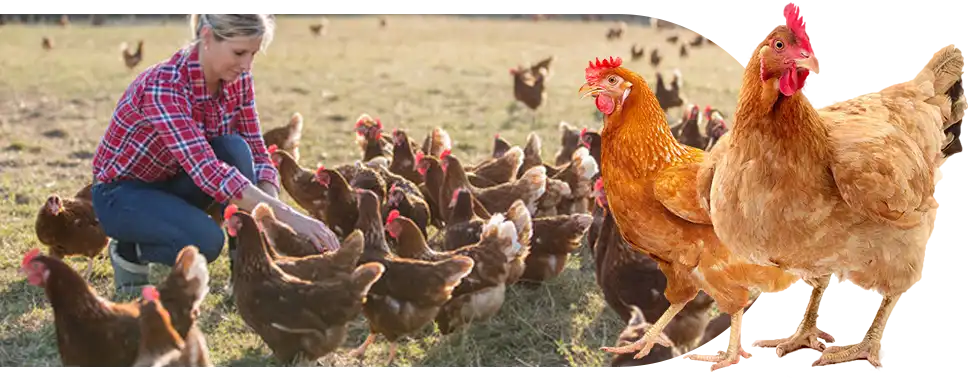
5.Weight Management for Your Chickens
Overweight chickens put extra pressure on their feet. When their feet have to carry more weight, bruising and swelling are more likely to happen. Even the smallest strain can lead to bacterial infections, increasing the risk of bumblefoot.
So, while it's great to feed them well, don't forget to help your chickens maintain a healthy weight.
6.Provide Your Chickens with a Balanced Diet
A balanced diet is the foundation of your chickens' well-being. Without enough essential nutrients like vitamin A and biotin, their skin can weaken and peel, increasing the risk of bumblefoot.
Pelleted feed is a great option. It packs nutrients evenly into each little pellet, ensuring every chicken gets its fair share of nutrition. Plus, the uniform size helps reduce the chances of food-related squabbles.
Even better, you can make your own chicken pellets. With a pellet mill, you can easily create custom blends based on your flock's needs. This allows you to give your backyard chicken flock a tailored "nutrition plan." It helps them stay healthy and avoid issues like obesity, bumblefoot, coccidiosis, and digestive problems.
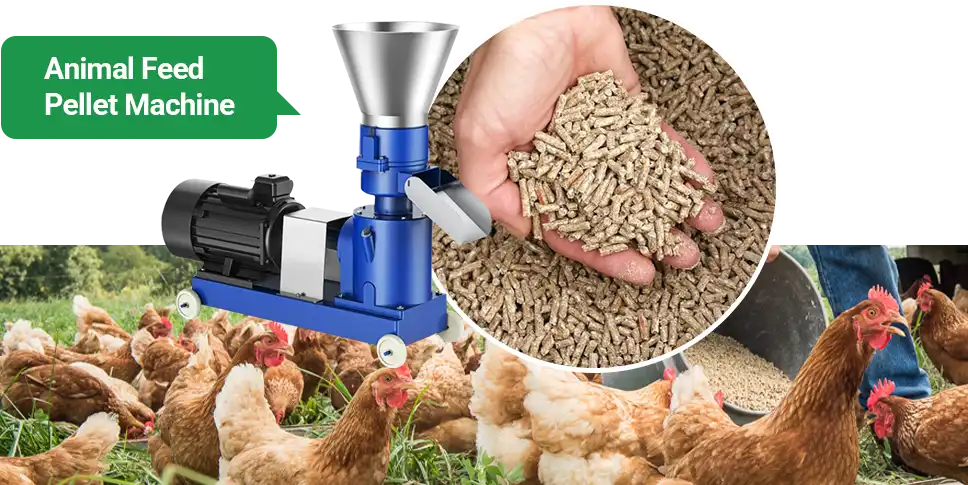
7.Don't Let Feathers and Claws Become "Weapons"
When chickens molt, they shed their "old clothes" and grow new ones. But those discarded feathers can be a hidden danger - their quills are like tiny needles that can easily puncture a chicken's foot. That's when it's time to step in and clean up these potential "traps."
Additionally, long claws not only pose a risk of scratching themselves or others, but they can also trap dirt, leading to infections. Regularly trimming your chickens' claws is a simple yet effective way to ensure their safety and prevent infections.
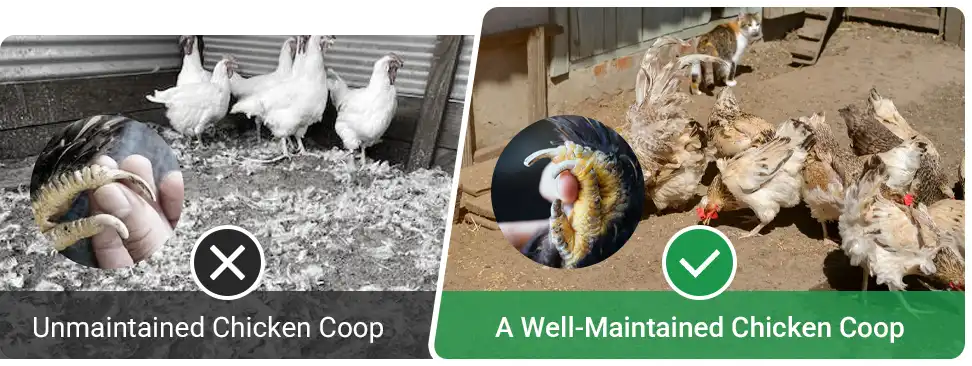
8.Chickens Also Fear "High-Altitude Challenges"
Chickens naturally prefer to sleep a bit higher up, but that doesn't mean you should build the roost too high. One of the causes of bumblefoot is the repeated pressure and strain on the feet. When chickens jump from a high perch, their foot pads endure a hard impact, which over time can lead to bruising, inflammation, and even infection.
The damage from jumping down is a bigger threat to chickens than common skin issues. Once the bones are injured, the infection can spread from the skin to the bones, making treatment more difficult.
A safer option is to keep the roost no higher than 18 inches (about 45 cm) off the ground. The lower the roost, the less impact the feet need to absorb.
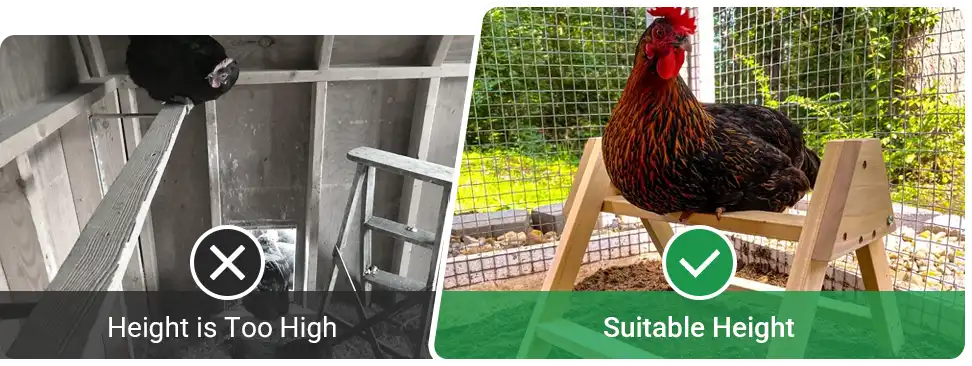
Although chickens can't speak, every step they take tells you how they're doing. Don't wait until your chickens are limping to regret not paying attention sooner. Go check on your flock right now, and give their feet a quick "health check-up!"





